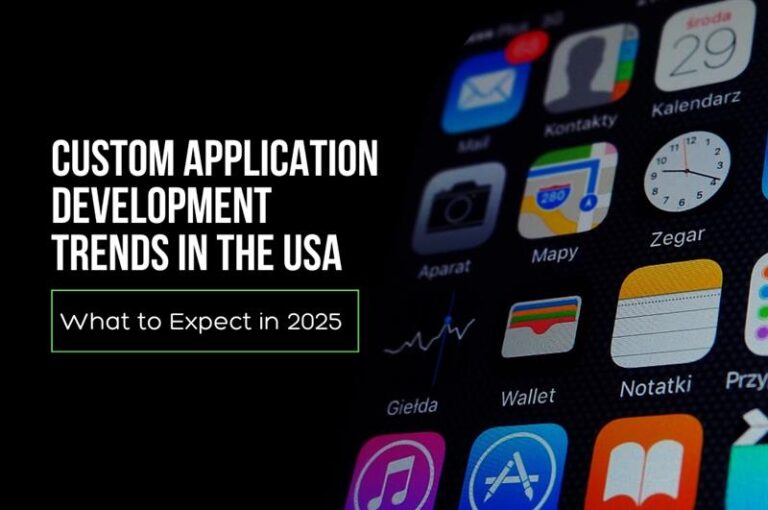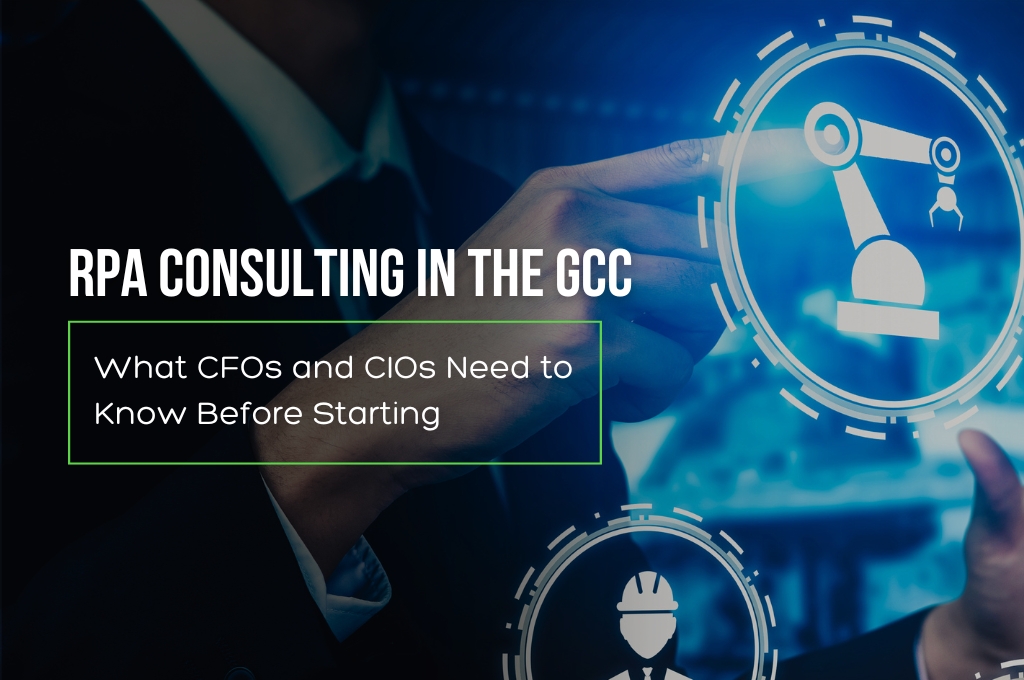As we navigate through 2025, custom application development continues to evolve at an unprecedented pace in the United States. Businesses are increasingly turning to tailored software solutions to gain a competitive edge. This trend is reshaping how companies operate and interact with their customers. In this blog, we will explore the key trends that define custom application development in the USA this year.
AI and Machine Learning Integration
Artificial intelligence (AI) and machine learning (ML) have become integral to custom application development. In 2025, we see more sophisticated AI-powered tools embedded in custom solutions. These technologies enable predictive analytics, task automation, and personalized user experiences.
AI integration allows businesses to:
- Make data-driven decisions
- Optimize operations
- Enhance customer experiences
For instance, AI can improve inventory management, marketing strategies, and even software debugging. As AI advances, its seamless integration into custom software unlocks new levels of efficiency for businesses.
The Rise of Generative AI
One of the most exciting developments in 2025 is the rise of generative AI. This technology can create content, design interfaces, and even write code based on user inputs. Custom application developers are leveraging generative AI to accelerate development processes and enhance creativity. By automating routine tasks, developers can focus on higher-level problem-solving and innovation.
Cloud-Based Solutions
Cloud computing remains a fundamental pillar in custom application development. In 2025, more businesses leverage cloud services to host and manage their custom software. This shift offers several advantages:
- Reduced reliance on physical servers
- Enhanced scalability
- Improved product quality
- Faster development cycles
- Increased productivity
Industries such as healthcare, retail, and e-commerce benefit significantly from cloud-based Software as a Service (SaaS) solutions. However, companies must also address data security concerns associated with third-party providers.
Edge Computing
In addition to traditional cloud services, edge computing is gaining traction in 2025. This technology processes data closer to the source rather than relying solely on centralized cloud servers. It enhances real-time data processing capabilities for applications requiring immediate responses. Businesses in sectors like IoT and autonomous vehicles are particularly benefiting from edge computing.
Low-Code and No-Code Development
The demand for custom solutions continues to grow faster than the supply of skilled developers. To bridge this gap, low-code and no-code development platforms are becoming increasingly popular. These platforms empower non-technical users to create custom applications with minimal programming knowledge.
In 2025, we can expect low-code/no-code tools to become even more powerful. They will feature advanced capabilities for:
- Automation
- Integrations
- AI-driven functionalities
This trend makes custom application development more accessible to a broader range of businesses, enabling faster digital transformation across various sectors.
Blockchain Technology
Blockchain plays a significant role in custom application development in 2025. This technology enhances security and transparency in software solutions. As a primary technology behind Web 3.0, blockchain facilitates the development of decentralized applications.
Key benefits of blockchain in custom software include:
- Improved data integrity
- Enhanced traceability in transactions
- Increased security
While blockchain adoption comes with challenges such as high initial costs, its long-term benefits make it a valuable addition to custom software solutions. Industries requiring high levels of security and transparency will particularly benefit from this technology.
Mobile-Centric Development
As we progress through 2025, the focus on mobile-centric development intensifies. Custom application development prioritizes creating seamless mobile experiences that reflect the growing importance of mobile devices in both personal and professional contexts.
Key aspects of mobile-centric development include:
- Responsive design
- Touch-friendly interfaces
- Offline functionality
- Push notifications
Businesses must adapt their app marketing and growth strategies to this mobile-first landscape. Leveraging data analytics and AI will help personalize user interactions and provide contextually relevant support.
Progressive Web Apps (PWAs)
Another trend shaping mobile-centric development is the rise of Progressive Web Apps (PWAs). These applications combine the best features of web and mobile apps, offering users an app-like experience directly through their browsers. PWAs are fast, reliable, and can work offline—making them an attractive option for businesses looking to enhance user engagement without developing separate native apps for different platforms.
Application Support Services
Application support services have become increasingly sophisticated by 2025. This trend focuses on embedding support features directly within applications. It allows users to receive assistance without leaving the app, enhancing user experience and satisfaction.
Key features of application support services include:
- Contextual help resources
- Video tutorials
- Live chat with human agents
The integration of knowledge bases within apps empowers users to solve problems independently. This self-service approach reduces support costs while improving user retention.
Multichannel Integration
In 2025, custom applications need seamless integration with various customer service platforms. Users expect a consistent experience across all touchpoints—whether through an app, website, or in-person interaction.
This multichannel integration ensures that:
- Users receive consistent service across platforms
- Customer data is synchronized across channels
- Support teams have a holistic view of customer interactions
Businesses that successfully implement multichannel integration in their custom applications will be better positioned to meet evolving customer expectations.
Enhanced Security Measures
With the increasing complexity of cyber threats in 2025, enhanced security measures are paramount for custom application development. Developers are adopting advanced security protocols such as zero-trust architecture and encryption technologies to protect sensitive data.
Additionally, compliance with regulations like GDPR and CCPA is crucial for businesses handling personal information. Custom applications must incorporate robust security features from the ground up to safeguard against breaches while maintaining user trust.
Conclusion
As we look ahead through 2025, custom application development in the USA undergoes significant transformations driven by technological advancements. From AI integration to blockchain technology and enhanced security measures, these trends shape how businesses create and utilize custom software solutions.
To leverage these trends effectively and ensure your business stays at the forefront of custom application development, consider partnering with Predikly. Our team specializes in creating tailored software solutions that incorporate cutting-edge technologies and best practices. Whether you need AI-powered applications or robust application support services, Predikly can help you navigate the future of custom application development successfully.




